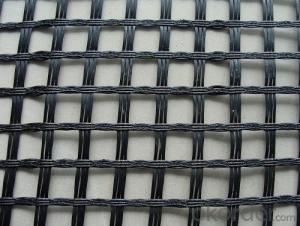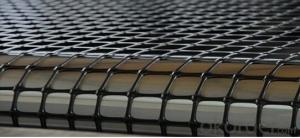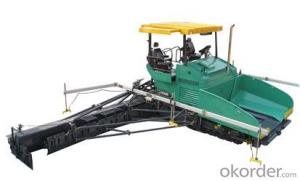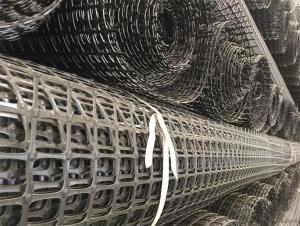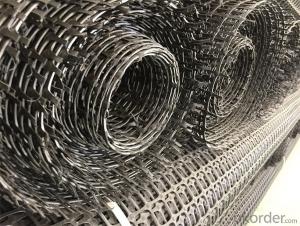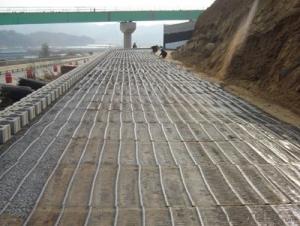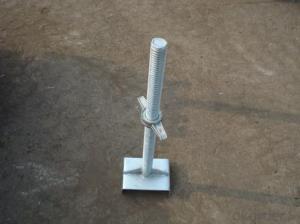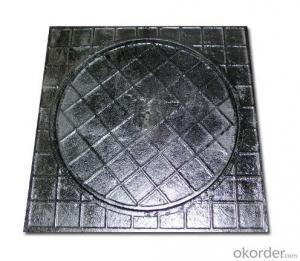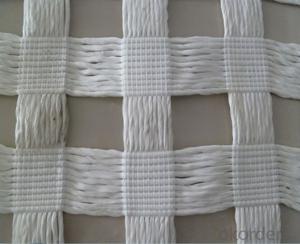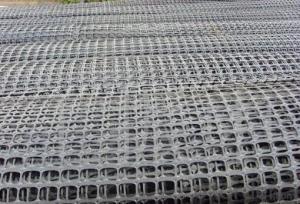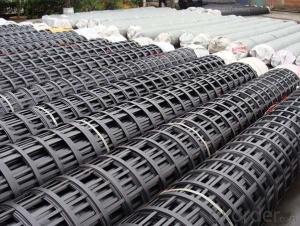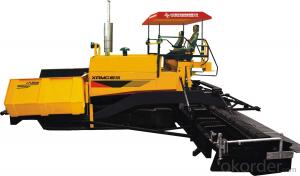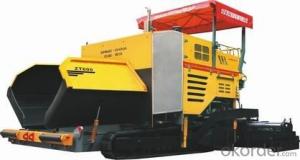Geogrid Paver Base
Geogrid Paver Base Related Searches
Fridge With Freezer On Bottom Driveway Pillars With Lights Blu Ray Player With Recorder Blu Ray Player With Internet Geogrid In Retaining Walls 1708 Biaxial Fiberglass Tape Pullout Resistance Of Geogrid Geogrid Warp Knitting Machine Srw 3 Series Geogrid Biaxial Plastic GeogridHot Searches
Fiberglass Scaffolding For Sale Fiberglass Panels For Sale Fiberglass Greenhouses For Sale Geogrid Fabric For Sale Gas Powered Core Aerator For Sale Revolution 4 Propeller For Sale Alabaster Carving Stone For Sale Geogrid For Sale Near Me Tensar Geogrid For Sale Geogrid For Sale Ex Display Log Cabins For Sale Photoelectric Cells For Sale Athletic Lockers For Sale Cubicle Partitions For Sale Stearman Propeller For Sale Palram Greenhouses For Sale Gumbo Bowls For Sale Suzuki Propellers For Sale Freight Crates For Sale Outhouse Sheds For SaleGeogrid Paver Base Supplier & Manufacturer from China
Okorder.com is a professional Geogrid Paver Base supplier & manufacturer, offers integrated one-stop services including real-time quoting and online cargo tracking. We are funded by CNBM Group, a Fortune 500 enterprise and the largest Geogrid Paver Base firm in China.Hot Products
FAQ
- The factors that affect the long-term oxidation resistance of geogrids include the material composition and quality of the geogrid, exposure to environmental conditions such as temperature and moisture, presence of chemicals or pollutants in the surrounding environment, and the design and installation of the geogrid in the application.
- Geogrids improve soil stabilization by providing reinforcement and enhancing the tensile strength of the soil. They create a stable interlocking structure within the soil, preventing it from shifting or eroding under heavy loads or environmental factors such as rainfall or wind. Geogrids also distribute the load more evenly, reducing the pressure on the soil and preventing settlement. Overall, geogrids help to enhance the stability and durability of soil in various construction and civil engineering applications.
- What are the models and specifications of Geogrid for road
- There are many kinds of specifications for each grid, with reference to the national standard
- Yes, geogrids can be used in slope stabilization for railway embankments. Geogrids are commonly used in civil engineering projects to reinforce soil and provide stability to slopes. By installing geogrids, the embankment's resistance to erosion, sliding, and settlement can be significantly enhanced, making them suitable for slope stabilization in railway applications.
- When selecting a geogrid for a specific application, several factors need to be considered. These include the desired strength and stiffness of the geogrid, the anticipated load and traffic conditions, the soil type and properties, the environmental and climate conditions, the installation and construction methods, and the project budget. Additionally, the compatibility of the geogrid with other materials and its long-term durability should also be taken into account. Ultimately, the geogrid chosen should be able to effectively reinforce and stabilize the soil, withstand the expected loads, and provide optimal performance for the specific application.
- Geogrids improve the stability of embankments and slopes by providing reinforcement and soil confinement. They act as a structural support system, distributing the tensile forces throughout the geogrid material and preventing the soil from sliding or eroding. This reinforcement reduces the risk of slope failures and enhances the overall stability of the embankment, making it capable of withstanding larger loads and improving long-term performance.
- Manufacturers to quote the price.
- Affected by the impact of raw materials and regional differences, a good product should be a penny. According to the price of the product price is directly linked to the advisory telephone calls [182 plus 6686 plus 2233] to find a professional manufacturer to understand, product price dynamics. Hope to help you. Hope to adopt the best answer
- The benefits of using geogrids in roadways are numerous. Firstly, geogrids provide reinforcement to the road surface, increasing its strength and stability. This helps in preventing the formation of cracks and potholes, leading to longer-lasting and more durable roads. Secondly, geogrids help in distributing the load from vehicular traffic more evenly, reducing the stress on the road and preventing premature deterioration. Additionally, geogrids improve the overall performance of the road by enhancing its resistance to rutting, erosion, and other forms of pavement distress. Moreover, geogrids can reduce construction costs by reducing the amount of aggregate required for road construction. Overall, the use of geogrids in roadways improves their longevity, reduces maintenance needs, and enhances the safety and comfort of road users.















